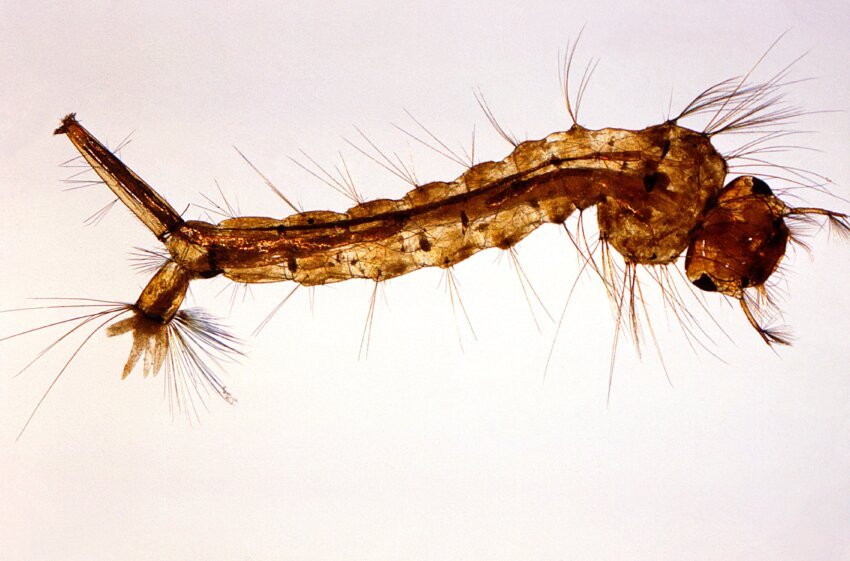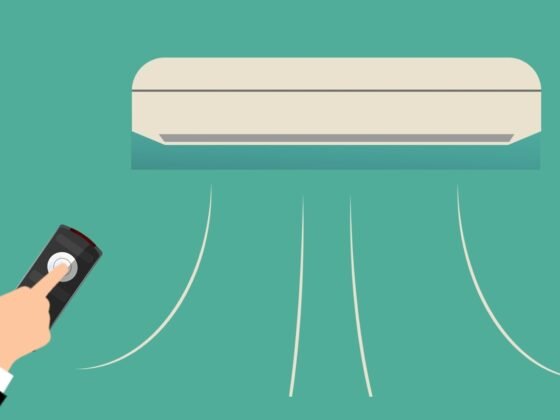Table of Contents Show
Mosquito larvae in water are effectively wiped off by bacillus thuringiensis israelensis (BTI), a naturally occurring soil bacterium. It belongs to a group of bacillus thuringiensis strains with various virulence profiles.

BTI is extremely selective for mosquitoes and black flies while being only moderately poisonous to a number of other Diptera, such as midges. Due to its low toxicity to non-target species, BTI is the major chemical utilized to control mosquitoes.
Commercially available BTI strains are marketed under the names Aquabac, Teknar, Bactimos, and Vectobac.
When communities must control mosquitoes to reduce the danger of diseases spread by mosquitoes, the Department of Health promotes the use of larvicides as a source of mosquito reproduction.
How Does BTI Work?
Poisons are released into the mosquito’s digestive tract when mosquito larvae swallow BTI spores, causing the larvae to stop feeding and finally die.
BTI only affects mosquito larvae that are actively feeding; it has no effect on mosquito pupae or adults. You may get additional information about the mosquito life cycle on the EPA’s Larvicides for Mosquito Control webpage.
Products containing BTI are available as a liquid, briquettes (small blocks), and granules. These treatments can be physically applied, aerially administered, or sprayed on water bodies.
BTI degrades quickly in the environment and may need to be sprayed often in order to effectively manage mosquito populations.
Depending on the formulation and environmental conditions, the BTI’s period of efficacy might be anywhere from 24 hours and more than a month.
Read Also:
Where is BTI Applied?
BTI can be used on bodies of water where mosquito larvae are present. Since mosquitoes normally prefer to breed in stagnant water, common places where BTI can be employed include stormwater retention ponds, catch basins and shallow portions of wetlands and lakes that have been recognized as troublesome mosquito breeding grounds.
The majority of wetlands do not require usage, according to the Department of Ecology, as mosquito larvae may be controlled by ecosystem-based natural predators.
Due to its minimal toxicity to organisms other than the target species, BTI or bacillus thuringiensis products are suggested for mosquito control situations. BTI cannot be used on drinking water reservoirs, according to federal legislation.
Can I Apply BTI to My Property?
Some Bti-containing products, such as Novobac BTI Mosquito killer, can be used in private homes.
When utilizing these items, it’s crucial to carefully read the label instructions and only use them on waterways that won’t flow off your property (e.g., ornamental ponds or other closed systems).
Only licensed pesticide applicators are permitted to apply the product if the water on the private property is related to or has the potential to reach the surface waterways of the state.
The Department of Ecology may also require the property owner or qualified pesticide applicator to get an NPDES permit.
The local Department of Ecology’s webpage for the Aquatic Mosquito Control NPDES General Permit has further details on the permitting procedure.
Reducing the quantity of standing water where mosquitoes may develop is often a more efficient technique to manage the mosquito population on your property. The following actions are advised by the Department of Health to lessen mosquito habitat.
Remove any standing water from old tires, buckets, plastic lids, and toys, and empty the containers.
At least twice each week, replace the water in your birdbaths, fountains, wading pools, and wildlife feeders.
Recycle any empty buckets, bottles, or cans that may be holding water.
Make sure the roof gutters are properly draining, and clean the gutters in the spring and fall.
What Protections Can I Take Against BTI Exposure?
Exposure is unlikely since BTI is normally used in places that the general public cannot access. The likelihood of exposure can be further decreased by using common sense, such as avoiding certain places when the planned larvicide treatment is being made.
If using BTI at home, carefully follow the directions on the package to prevent direct contact with the skin or eyes. If irritation occurs on the skin or in the eyes, wash the affected area thoroughly for 20 minutes with soap and water.
Should I Be Concerned About Other Ingredients in BTI Formulations?
The testing requirements for minor or inert components in pesticide formulations are less stringent than those for the active ingredient (i.e., BTI).
Exotoxins (a group of toxins that some strains of Bacillus thuringiensis are capable of producing) may show symptoms of toxicity in animals, however, the production process involves monitoring to stop these toxins from turning up in the finished product.
Tests show that commercial BTI larvicides are not more toxic than active compounds when they are separated. However, certain people may be more susceptible to certain extra factors.
For this reason, the Department of Health encourages people to restrict their contact with BTI. More information on the inert ingredients used in pesticides may be found on the EPA’s Pesticide Inert Ingredients webpage.









